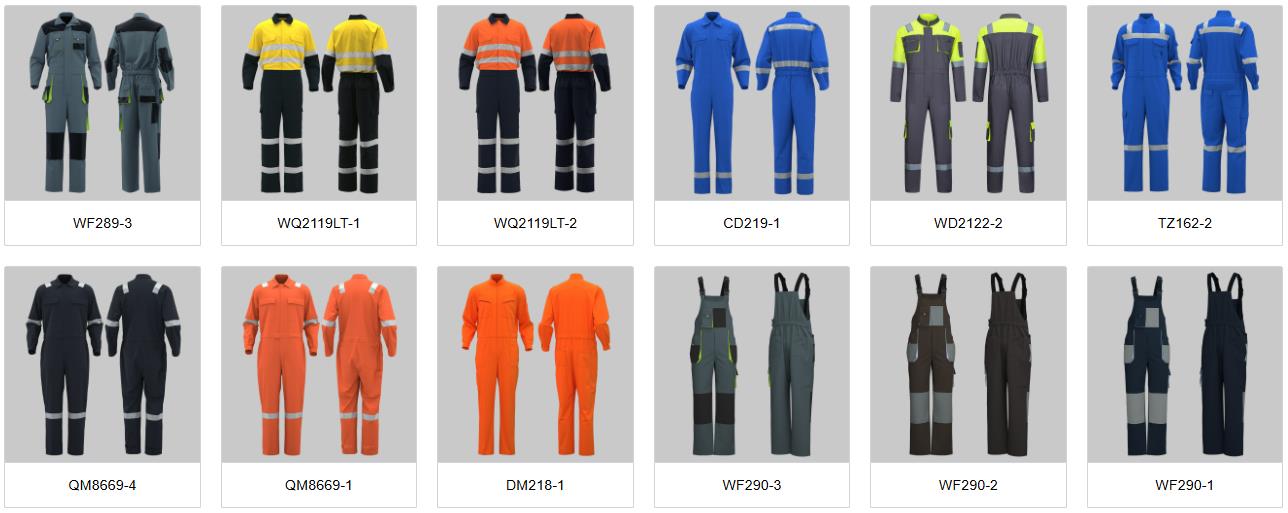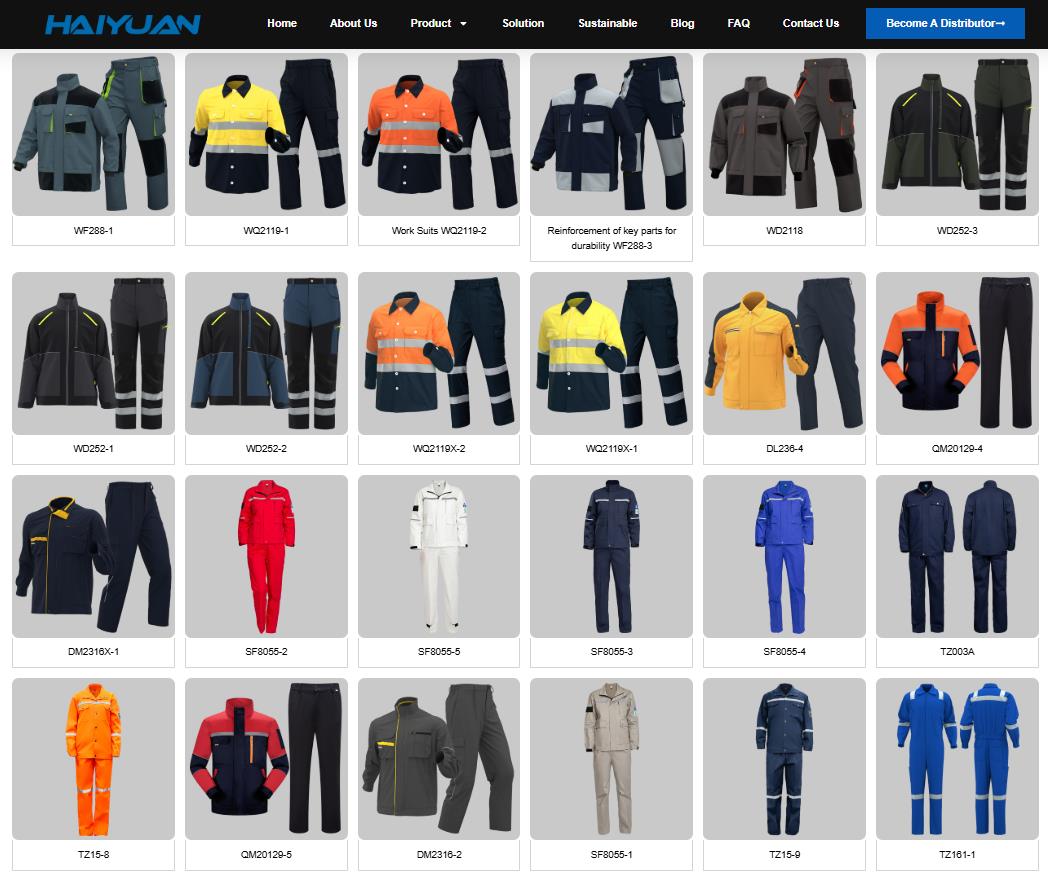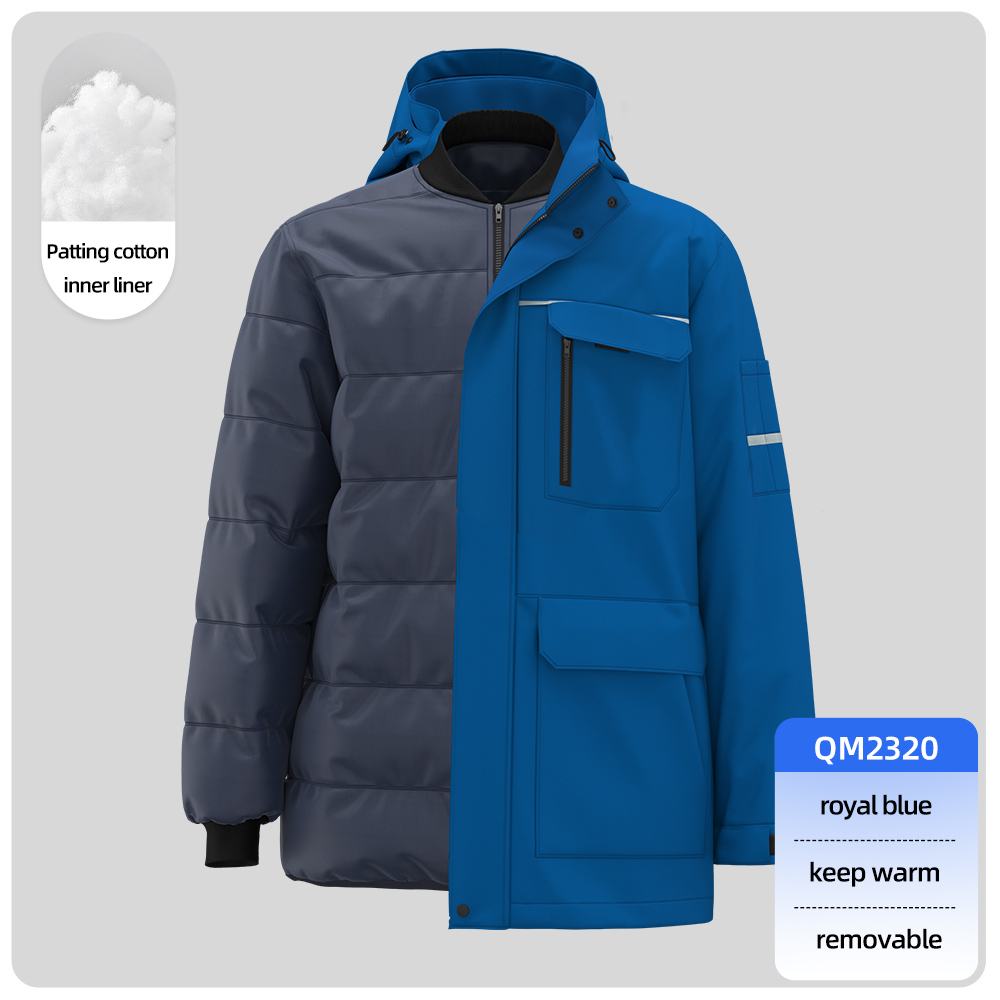What a house painter wears is a deliberate choice balancing protection, comfort, and professionalism. It’s their uniform, designed to keep them safe and efficient while keeping their personal clothes clean.
Here’s a complete breakdown of a typical house painter’s outfit, from head to toe.
The Core Outfit: The “Paint Suit”
This is the primary layer that protects their clothes. Painters typically choose one of the following:
-
Coveralls (Jumpsuit):
-
Best for: Full-day jobs, cooler weather, messy tasks like spraying, sanding, or priming.
-
Pros: Full-body coverage (prevents dust and paint from getting on your back when bending over), keeps everything contained.
-
Cons: Can be warm, less convenient for bathroom breaks.
-
Material: Usually a polyester-cotton blend for durability and breathability.
-
-
Bib Overalls (Dungarees) + Work Shirt:
-
Best for: Warmer weather, general brush/roller work.
-
Pros: More ventilated (open back and shoulders), easy to take off, excellent pocket space.
-
Cons: Doesn’t provide full-body coverage (e.g., back can be exposed when bending).
-
Material: Heavy-duty cotton duck or twill.
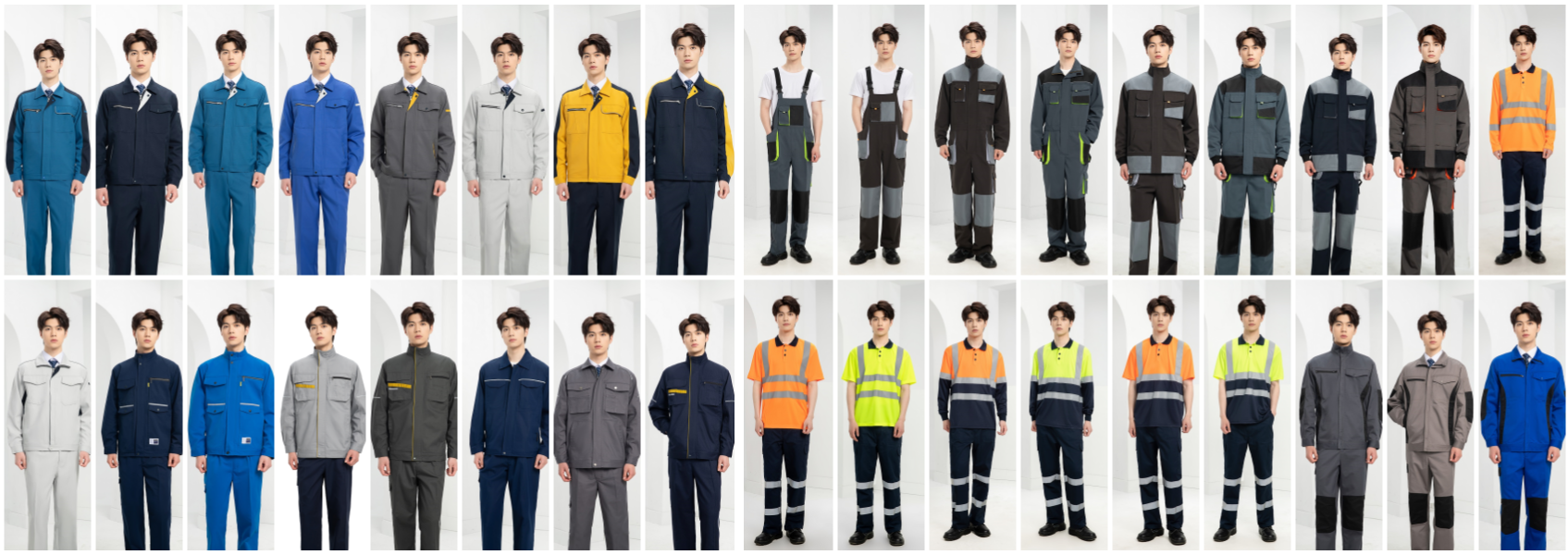
polyester cotton labor workwear
-
-
Separates (Work Pants + Long-Sleeve Shirt):
-
Best for: Many professional painters who prefer flexibility.
-
Pros: Maximum comfort and ventilation. Can mix and match.
-
Cons: Potential for gaps where skin or clothes can be exposed.
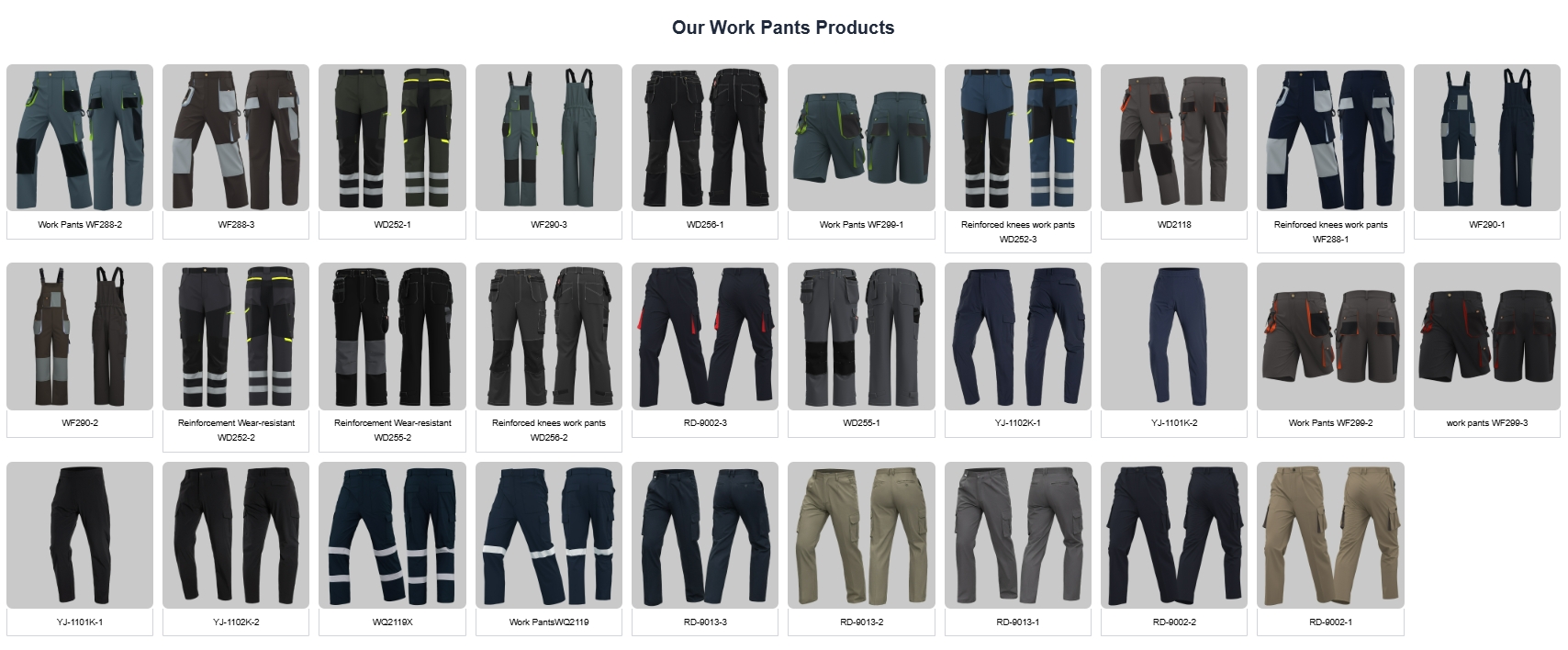
work pants
-
Essential Components of a Painter’s Attire
Top: The Painter’s Shirt
-
Type: A dedicated long-sleeve painter’s shirt.
-
Why: The sleeves protect arms from sun, dust, and drips. They can be rolled up or down as needed.
-
Key Feature: The left chest pocket is specially designed with slots to hold brushes, pens, and scrapers.
-
Material: Lightweight cotton or cotton-polyester blend.
-
Color: Traditionally white, but navy blue is extremely popular because it hides paint stains better.
Bottom: Work Pants
-
Type: Loose-fitting, durable work pants or the pants part of bib overalls.
-
Why: Freedom of movement for kneeling, climbing ladders, and bending.
-
Key Feature: Multiple pockets for tools. Many have hammer loops, which are perfect for hanging a paint can.
-
Material: Canvas, cotton twill, or a durable synthetic blend.
Footwear: Safety and Comfort
-
Type: Non-slip, closed-toe shoes like sneakers or work boots. Many painters prefer shoes they can slip on/off easily.
-
Why: Protection from dropped tools and paint spills. Good traction is vital on ladders and drop cloths.
-
Pro Tip: Painters often wear shoe covers (booties) over their shoes when working on finished floors to prevent tracking dirt or paint.
Critical Protective Gear (PPE)
This is non-negotiable for safety.
-
Respirator/Mask: A simple dust mask for sanding, but an N95 respirator or half-face respirator with VOC filters is essential for spray painting, working with solvents, or sanding in enclosed spaces.
-
Safety Glasses/Goggles: Protect eyes from paint droplets, dust, and chemical splashes.
-
Gloves: Disposable latex or nitrile gloves protect hands from paint and chemicals. Heavier-duty gloves are used for sanding or moving equipment.
-
Knee Pads: Either built into the pants or worn separately. Crucial for comfort when kneeling for long periods to cut in baseboards.
A Painter’s Typical Head-to-Toe Outfit
Here’s what a painter might wear on a standard interior painting job:
-
Head: A baseball cap or beanie to keep dust and drips out of their hair.
-
Eyes: Safety glasses when sanding or spraying.
-
Lungs: N95 mask while sanding.
-
Top: Long-sleeve painter’s shirt (often over a t-shirt).
-
Bottom: Durable work pants or bib overalls.
-
Hands: Disposable nitrile gloves when handling paint.
-
Knees: Knee pads.
-
Feet: Comfortable, closed-toe sneakers (with shoe covers nearby if needed).
Summary: Why They Wear It
| Item | Primary Function | Secondary Benefit |
|---|---|---|
| Coveralls/Overalls | Full-body paint protection | Professional appearance, ample pockets |
| Long-Sleeve Shirt | Arm protection, tool storage | Sun protection, breathability |
| Work Pants | Leg protection, durability | Freedom of movement, tool storage |
| Cap/Beanie | Keep hair clean | Keep sweat and drips off face |
| Safety Glasses | Eye protection | – |
| Respirator | Lung protection from dust/VOCs | – |
| Gloves | Hand protection from chemicals | – |
| Knee Pads | Comfort and joint protection | – |
In short, a house painter’s clothing is a practical, purpose-built system designed for safety, efficiency, and comfort during a physically demanding job.

